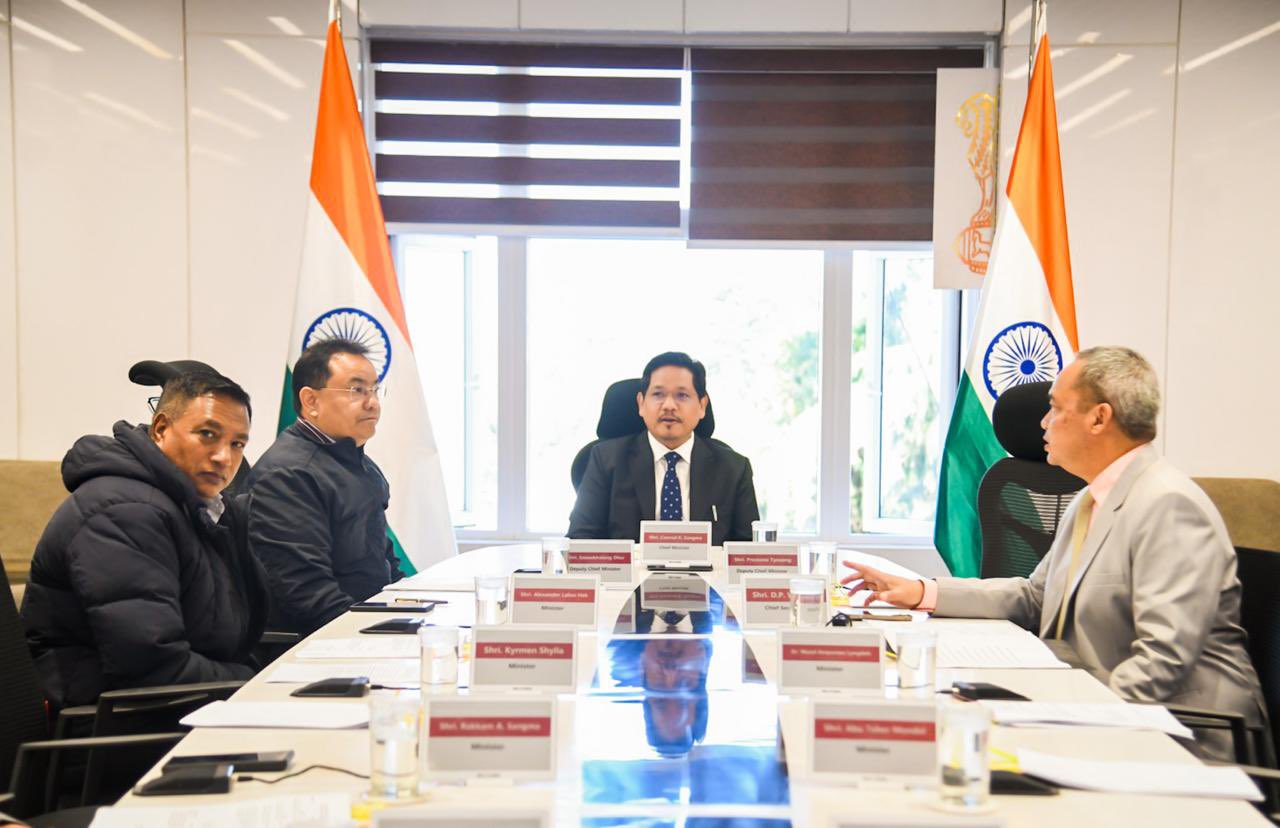
Meghalaya Launches New Initiative to Combat Pollution in Wahumkhrah River

 :
| Updated On: 16-May-2025 @ 2:12 pm
:
| Updated On: 16-May-2025 @ 2:12 pmSHARE
Meghalaya Chief Minister Conrad K Sangma has announced a comprehensive new action plan aimed at restoring the heavily polluted Wahumkhrah River, following extensive consultations with government officials and representatives of civil society. This initiative comes as a response to the severe environmental degradation that the river has suffered due to rapid urbanisation and improper waste disposal, which has reduced parts of the river to mere drainage channels for the city’s waste.
The action plan is designed to take a multi-pronged approach to address the pollution issues effectively. Central to the strategy is the identification of strategic zones along the river that will be targeted for focused interventions. These zones are likely to include areas most vulnerable to illegal dumping and improper waste disposal, which have been significant contributors to the river’s deteriorating condition. To tackle these challenges, the plan includes enhanced surveillance measures to monitor these critical areas more closely, aiming to prevent further environmental harm.
Physical cleaning efforts of the river are already underway, and the government is concurrently working on improving the proper disposal of garbage in the surrounding areas. However, Chief Minister Sangma stresses that while such measures are necessary, they alone will not bring about lasting change. He highlights the indispensable role of active community involvement in ensuring the success and sustainability of the river restoration efforts. Without the engagement and cooperation of the local communities, it will be difficult to maintain the health of the river in the long term.
An important component of the plan involves the exploration of bioremediation techniques. These nature-based solutions utilize microorganisms, fungi, plants, or enzymes to break down and neutralize pollutants in the river. Bioremediation offers a promising and environmentally friendly way to rehabilitate the river ecosystem and reduce the toxic load in the water, complementing physical cleaning efforts.
The initiative also underscores the significance of traditional local institutions, particularly the Dorbar Shnong, which are indigenous community governance bodies in Meghalaya. These institutions will play a pivotal role in the river restoration project. The Chief Minister underlined the necessity of close collaboration with the Dorbar Shnong and the local community to effectively address the root causes of pollution. Their involvement is crucial not only for implementing practical solutions but also for fostering a sense of ownership and responsibility among community members towards the river and its environment.
The Wahumkhrah River once played a vital role in maintaining Shillong’s ecological balance and supporting its biodiversity. However, with unchecked urban expansion and increased waste generation, the river has experienced severe degradation. The initiative seeks not only to restore the river’s health but also to preserve its ecological significance for future generations.
In conclusion, Meghalaya’s new action plan for the Wahumkhrah River is a comprehensive and multi-faceted approach that combines physical cleaning, community engagement, technological innovation through bioremediation, and the involvement of traditional local governance institutions. Together, these efforts aim to rejuvenate a critical water body that has long suffered from pollution, thereby improving the environmental quality and well-being of Shillong’s residents. This initiative reflects the state government’s commitment to sustainable environmental management and the importance of collaborative efforts in tackling complex ecological challenges.